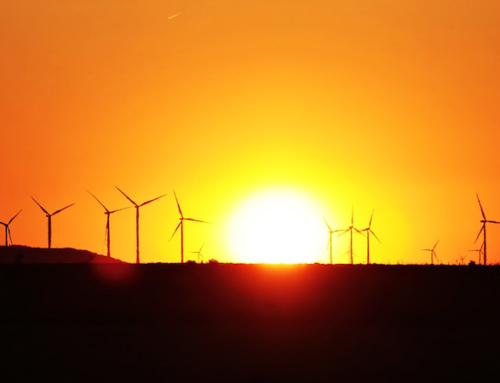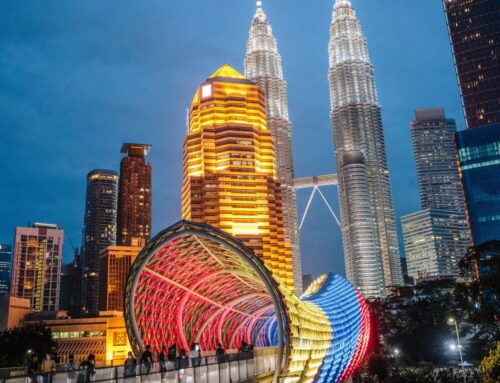Michigan’s State of the Great Lakes report: a lot of work ahead
January 2, 2025
Michigan’s annual State of the Great Lakes report outlines some of the issues to be tackled in the future. The 40 page report included a number of accomplishments and jobs still ahead for improving the environment of the lakes and the well-being of the people who drink, fish, and swim in the waters of the Great Lakes.
An overview from the Office of the Great Lakes noted invasive species, the legacy contamination that remains, new contaminants, water quality, water use, and other challenges continue to remain a priority. Special attention was given to the issue of plastic and microplastic pollution in the Great Lakes. Research into possible solutions is ongoing.
The multi-faceted effects of climate change on the Great Lakes underlie many of the challenges to be tackled.
A lake-by-lake summary of the four Great Lakes bordering Michigan was a mix of plans to tackle issues and some news to be applauded.
Starting with Lake Michigan, Beaver Island is now Michigan’s first International Dark Sky Sanctuary and one of only 20 in the world to be certified by DarkSky International.
Along Lake Superior’s shores, the Michigan Department of Environment, Great Lakes, and Energy is planning to remove millions of tons of “stamp sands.” That’s waste from mining a century ago. Miles will be cleared along the shoreline and rocky spawning ground for whitefish and lake trout, according to the report.
At Lake Huron’s Saginaw Bay and the rivers going into it, advances in cleaning up legacy pollution are being hampered by soil and fertilizer runoff. A federal Area of Concern designation continues, being one of Michigan’s two biggest toxic hotspots. The other is the Rouge River in Detroit.
Despite a mandate from the U.S. Environmental Protection Agency, Michigan and Ohio continue to struggle to find ways to reduce fertilizer pollution that is feeding toxic cyanobacterial blooms in Lake Erie.
Another issue for Great Lakes beaches continues to be E. coli bacterial contamination, causing beaches to be closed to swimming.
Search
RECENT PRESS RELEASES
Related Post




